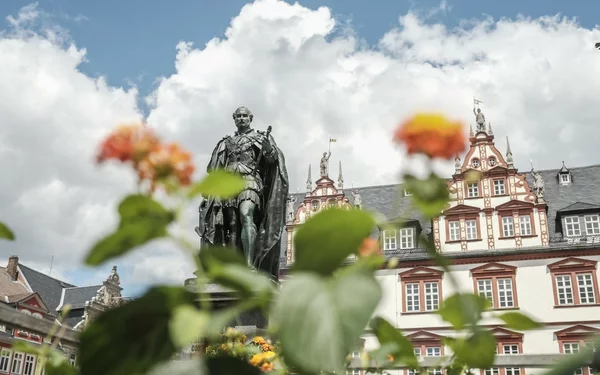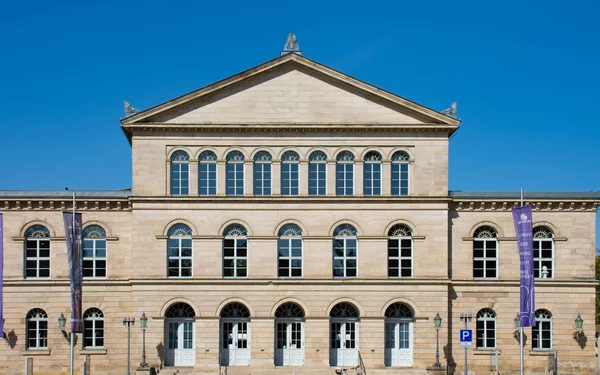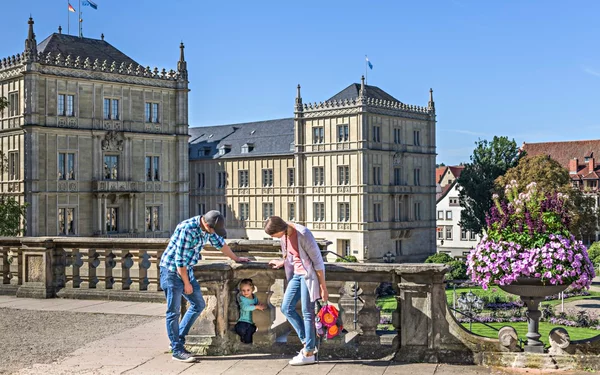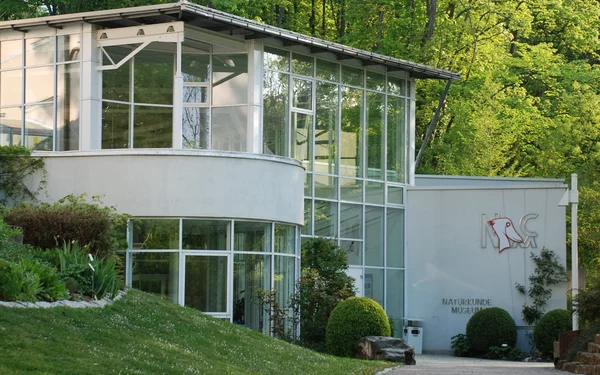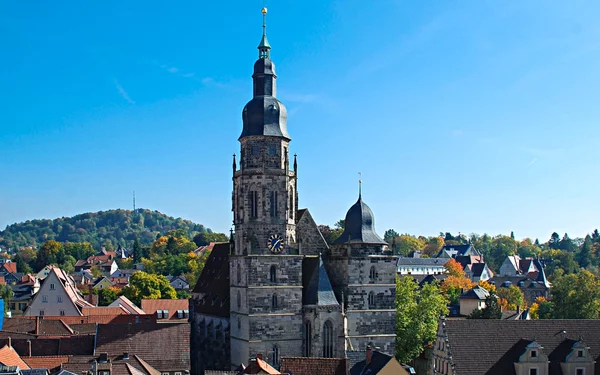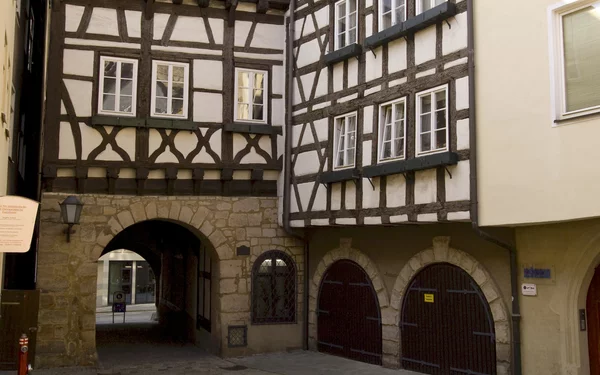Coburg and the Queen
Tour of Coburg: Via the market square and past Ehrenburg Castle, you climb the Veste Coburg, also known as the "Franconian Crown", and enjoy the breathtaking view over the city.
Coburg
6 h
4 km
Coburg is rich! Rich in historical buildings, castles, museums, monuments and parks. The most important building is the Veste Coburg high above the town, which is one of the largest castle complexes in Germany. The Dukes of Saxe-Coburg resided in the town in the 16th and then again in the 17th century until the end of the monarchy in 1918. When Coburg was connected to the railway in 1858, their dear relatives often travelled to the prestigious Ehrenburg Residential Palace in the middle of the city: thanks to the clever marriage policy of the House of Saxe-Coburg and Gotha, the family included emperors, tsars and kings, as you will learn during the course of the walk.
Wanting to experience all the splendour and walk up to the Veste is simply too much for one day. Especially as the special flair of the historic old town also invites you to shop and feast. So let the tips inspire you and take a leisurely stroll through this beautiful Upper Franconian town.
A city tour for culture lovers and explorers
Start and end station
Bahnhof Coburg
4 km / 6 Stunden
Bahnhof Coburg
Our tip: Please make sure to check your train connection and the expected capacity before you start your journey.
Schedule
Tour starts on Bahnhof Coburg
Direction
It is just under a kilometre from the station to Ehrenburg Castle. From Lossaustraße, turn left into Mohrenstraße and along the Kleine Mauer to Theaterplatz with the Landestheater.
Coburg State Theatre
Duke Ernst II had the neoclassical building constructed as a court theatre in the 1840s. Today, the state theatre presents the three sections of opera/operetta, drama and ballet here. It is one of the most magnificent theatre buildings in Bavaria and, with 488 seats and 100 standing places, also one of the largest. The Free State of Bavaria has co-financed 40 per cent of the theatre's operations since 1920.
Schlossplatz 6
96450
Coburg
Direction
There was a simple reason why Bavaria made such financial concessions to the small Franconian town in 1920 and gave money for the theatre: at the time, Coburg, which was struggling economically, was considering joining the newly formed state of Thuringia. Next to the theatre is the Edinburgh Palace from 1845, which belonged to the British Prince Alfred of Saxe-Coburg and Gotha, son of Queen Victoria. A famous photo in front of the palace conservatory shows the illustrious family: the German Kaiser Wilhelm II, the later Russian Tsar Nicholas II, the Romanian Crown Prince Ferdinand, the Coburg Dukes - and Queen Victoria of Great Britain and Ireland, whose mother came from Coburg.
Today, the building is home to the Chamber of Industry and Commerce and can only be viewed from the outside. The theatre and palace complete the ensemble of buildings on the Schlossplatz, the centrepiece of which is the magnificent Ducal Palace.
Ehrenburg Castle Coburg
In the 16th century, Duke Johann Ernst of Coburg moved his court from the Veste Coburg down to the town. Here, between 1543 and 1547, he had a Franciscan monastery that had been dissolved by the Reformation remodelled into a three-winged building in the Renaissance style. From 1690, the Ehrenburg was converted into a Baroque residence of the Coburg dukes with a magnificent hall and court church. After 1810, the building was given its neo-Gothic style - designed by the young Berlin architect Karl Friedrich Schinkel.
The magnificent living and public rooms are designed in the Empire style and bear witness to a time when Queen Victoria of Great Britain visited her German relatives here at the end of the 19th century.
On a tour of the palace, you can visit 25 rooms, including the Family Hall, Giant's Hall, Throne Room, the two picture galleries, the Duke's flat and the Duchess's living quarters as well as the Court Church.
Schlossplatz 1
96450
Coburg
Direction
After the tour, you can take a short stroll through the Hofgarten, which stretches around one kilometre from the Schlossplatz up to the Veste. The garden dates back to 1682. Over 60 tree species, such as the rare yellowwood tree or the primeval sequoia, and trees that are around 350 years old make the garden something special. Here you can also discover the bronze equestrian statue of Duke Ernst II and the Duke Alfred Fountain. If you have the time and inclination, the Natural History Museum on the northern edge of the Hofgarten is an interesting destination.
Coburg Natural History Museum
The Coburg dukes were known for their interest in science and their passion for collecting. They collected stuffed birds, special stones and exotic trees and shrubs, laying the foundations for the museum in 1844. In 1914, the collection moved into the purpose-built building in the Hofgarten. Today, visitors can admire more than 700,000 collection items on an exhibition area of 2,400 square metres, including minerals, fossils, native and exotic animals and plants as well as the history of prehistoric man and peoples.
Park 6
96450
Coburg
Direction
Now head back towards Ehrenburg Castle, along the Wettin complex to Steingasse and turn left into Kirchgässlein, directly towards the town church of St Moriz.
St Moriz town church
St Moriz is the oldest and largest church in Coburg and has its origins in a Romanesque basilica from the 13th century. The town church provides an insight into the varied history of Coburg. It houses the ducal tomb and a 13 metre high alabaster epitaph of Duke Johann Casimir from the Renaissance period. Martin Luther preached several times in St Moriz during his stay in Coburg in 1530.
Pfarrgasse 7
96450
Coburg
Direction
Back to Steingasse, it is only a stone's throw to the market square. Seven alleyways lead to the central square dating back to the 15th century. This is where people meet to see and be seen, to chat over coffee and to shop. Twice a week, the square hosts a colourful market where traders offer fresh fruit and vegetables, eggs and meat. The monument to Prince Albert of Saxe-Coburg and Gotha, erected in 1865, stands in the centre of the market square. The square is lined with pretty historic town houses with gables and bay windows as well as the Renaissance town hall. Incidentally, the "Brunnen am grünen Baum", which is reminiscent of an inn of the same name, is one of around 30 fountains that bubble up in the town. It is less than 100 metres to one of Coburg's most beautiful half-timbered buildings, the listed Münzmeisterhaus.
Mint Master's House Coburg
The former mint master's house is one of the most important town houses in Coburg. Built in 1333 as a three-storey half-timbered house, it is one of the oldest half-timbered buildings in Germany. It was one of the first Gothic half-timbered houses to be built in the so-called multi-storey style. The family of mint masters, known as the "von Rosenau", lived here. The influential family provided the town's councillors and mayor on several occasions.
Ketschengasse 7
96450
Coburg
Tour ends on Bahnhof Coburg
Direction
Before heading back, grab a bite to eat in one of the restaurants around the market square and then walk the kilometre or so to the train station via Judengasse and Viktoriastraße, which commemorates Marie Luise Viktoria (1786-1861), princess of the Coburg ducal family. Married in her second marriage to the Duke of Kent, she was the mother of the British Queen Victoria.
